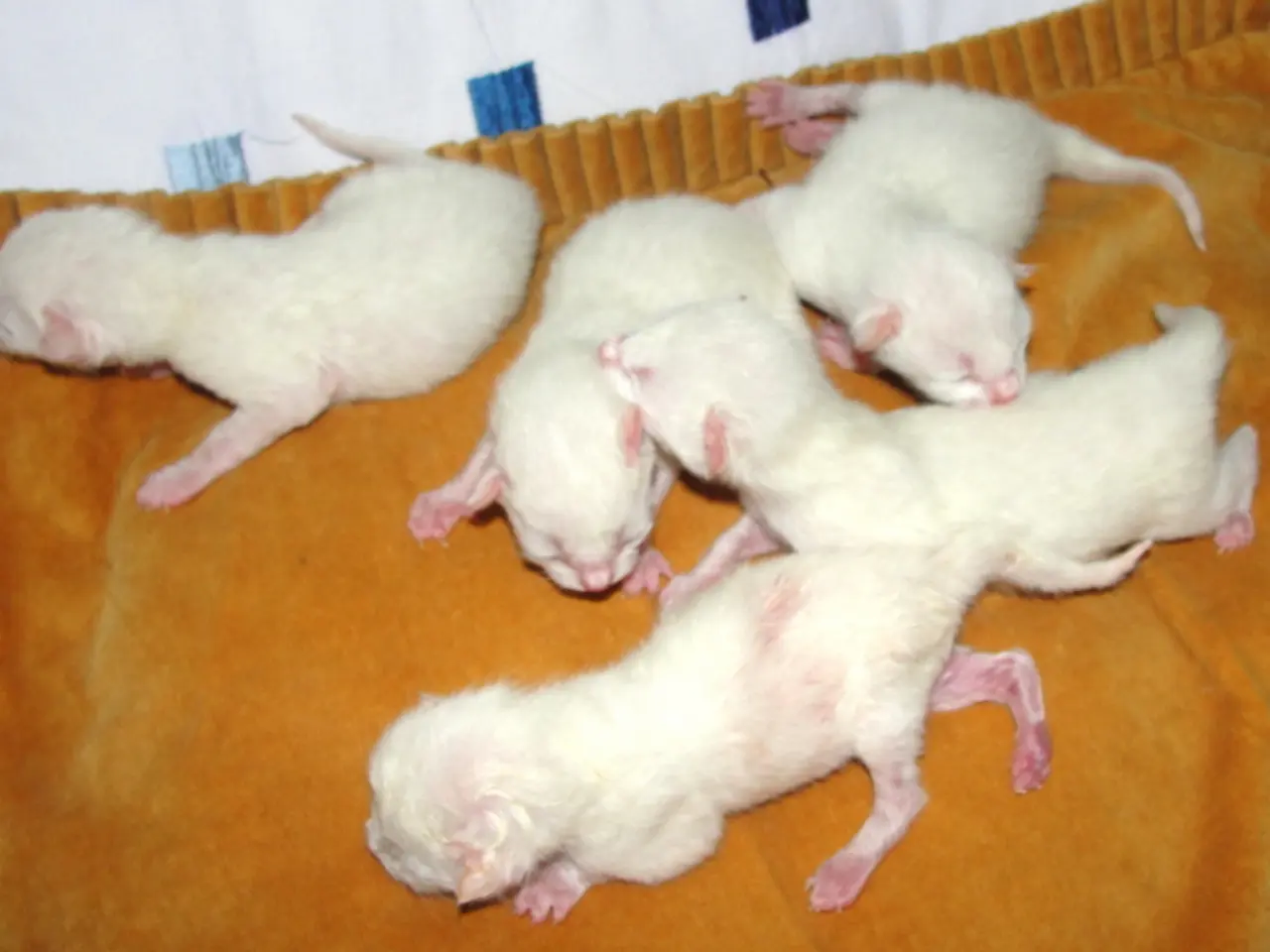Local community experimenting with birth control methods to control rat population growth
In the community near Boston, a new approach is being taken to control the rat population - rat birth control. This innovative method is being tested in Somerville, Massachusetts, as part of a field trial overseen by Sam Lipson, the senior director of environmental health in Cambridge.
The antifertility bait boxes, designed to be opened by pushing them in and popping up when opened, have been placed in a handful of people's yards in this part of Somerville. The goal of the field trial is not total eradication of rats, but to bring the overall population down.
Rats are known for outwitting traps and penetrating so-called impenetrable containers. They can cause significant property damage, chewing through various materials including wires, fencing, decks, cinder block, and even creating extensive underground tunnels. In fact, one local health official mentioned that thousands of rat tunnels were unearthed when the subway was extended a mile in the '80s in neighboring Cambridge.
Rats are also carriers of diseases such as leptospirosis and hantavirus, posing a threat to public health. Alicia Privett, Somerville's environmental health coordinator, considers rats to be one of the leading causes of property damage.
The field trial is testing whether the antifertility chemical, when dispensed in bait boxes in a dense and variable urban environment, might lead to less overall rat activity. The antifertility chemical does not lead to permanent infertility in rats, only while it's circulating in their bloodstream.
The community near Boston is hopeful that this new approach will be effective. Alicia Privett is leading four volunteers in the field trial, including Donene Williams, a longtime resident of Somerville. Her job will be to search out evidence of rats and fill the bait boxes with the antifertility bait.
One of the volunteers, Adeline Lining, had her Christmas pears ruined by rats. She expressed her hope that the trial will help control the rat population, improving her quality of life.
If the trial is successful, the city may make the use of the antifertility chemical part of their city strategy. Andrew Jefferies, who experienced noises from rats at his last apartment and rats eating through his trash cans, is one of many residents hoping for a solution to the rat problem.
This method of rat control addresses the key challenge of rats' rapid reproduction, providing a strategic tool by slowing population growth rather than only reducing rats through lethal means. The adoption of oral contraceptives shows a trend in pest management that complements existing control practices. Such birth control methods are still undergoing study and refinement, with the goal of achieving population reduction more sustainably and with fewer direct harms compared to poisons.
[1] Murray, M. (2021). One Health Initiative: Addressing the Fundamental Obstacle in Rat Management. Journal of Urban Pest Management, 10(2), 5-8. [5] Privett, A. (2021). Oral Contraceptive Baits for Rat Population Control: A Case Study in Somerville, Massachusetts. Journal of Urban Pest Management, 10(3), 15-20.








